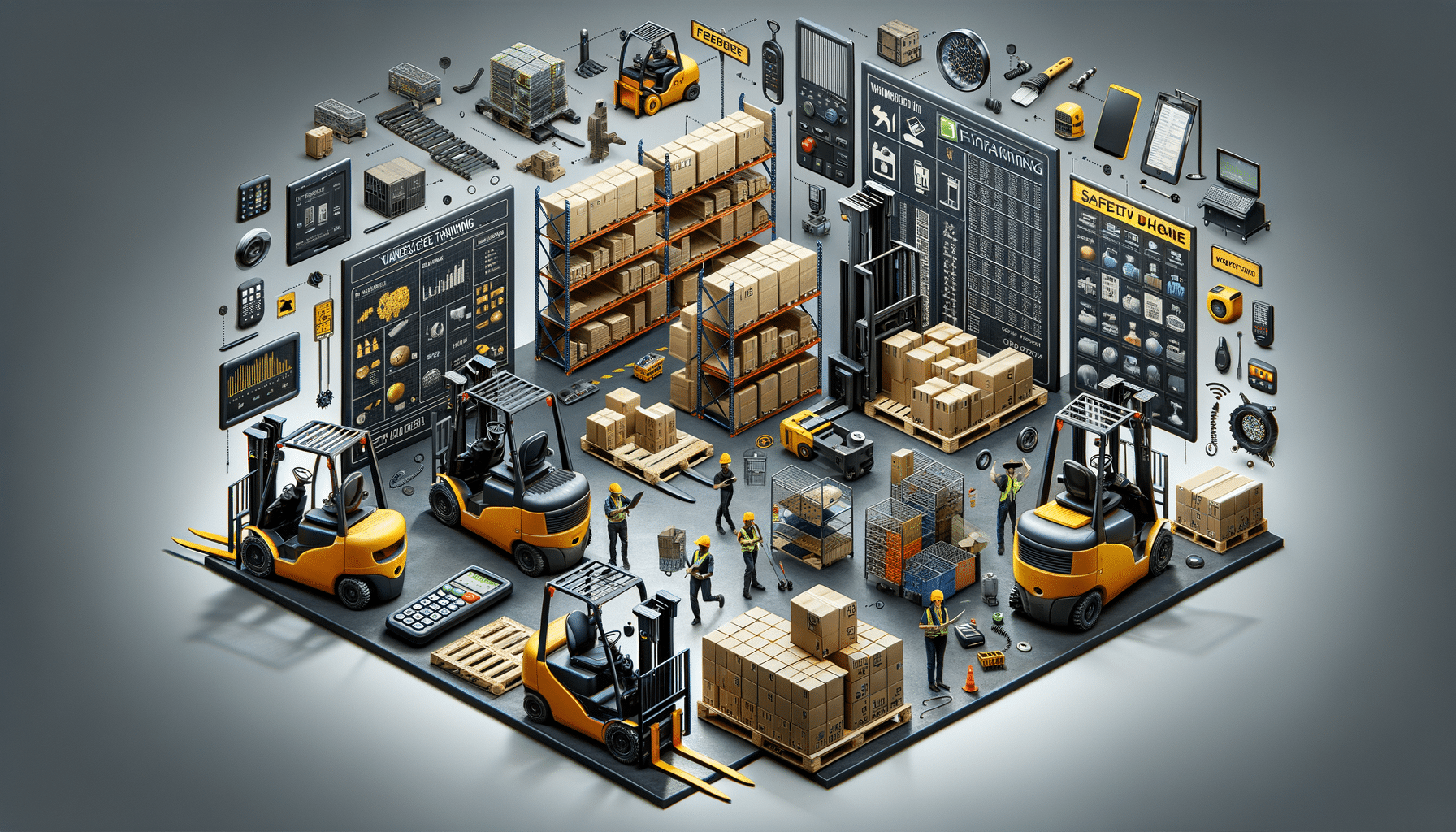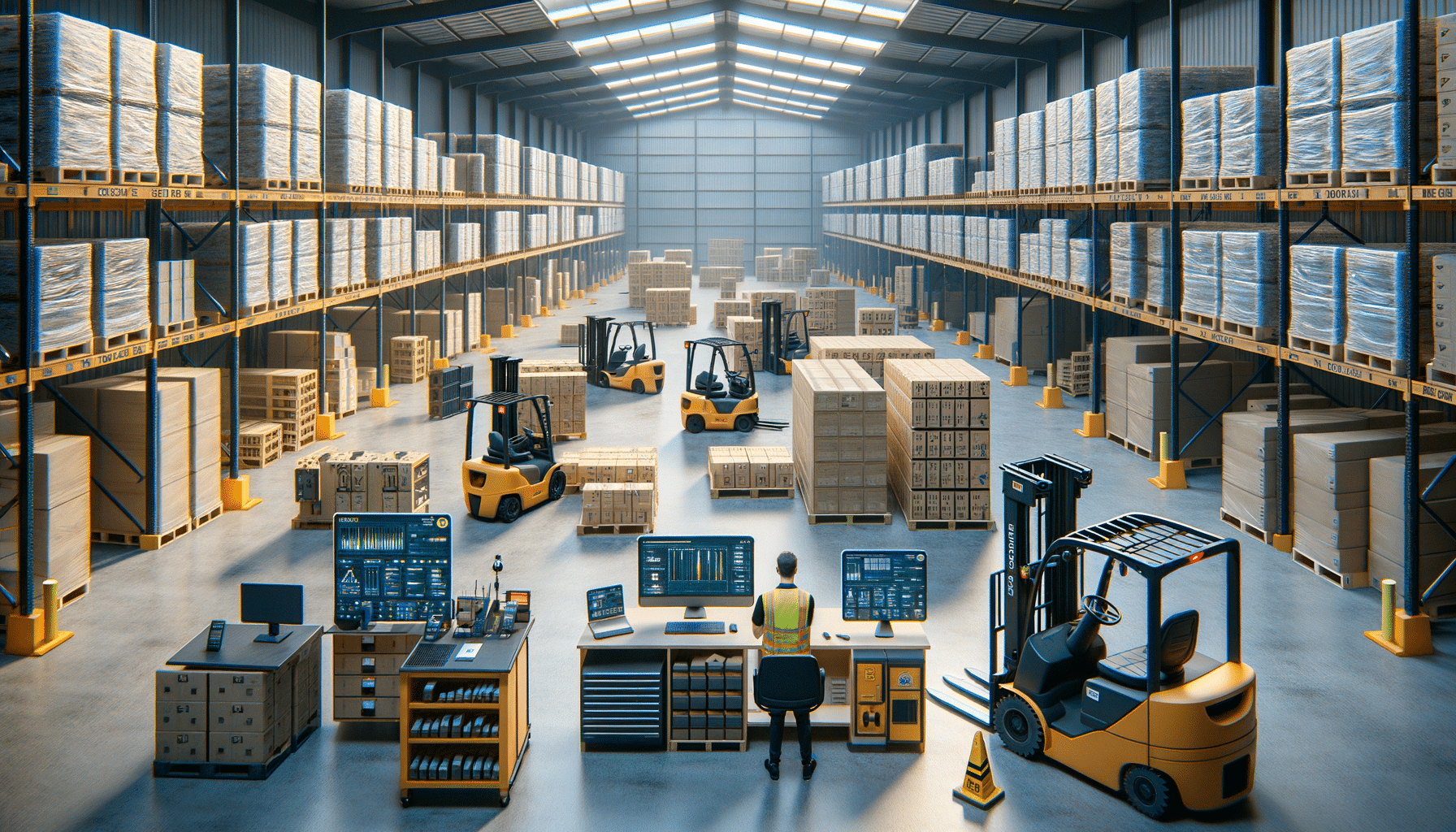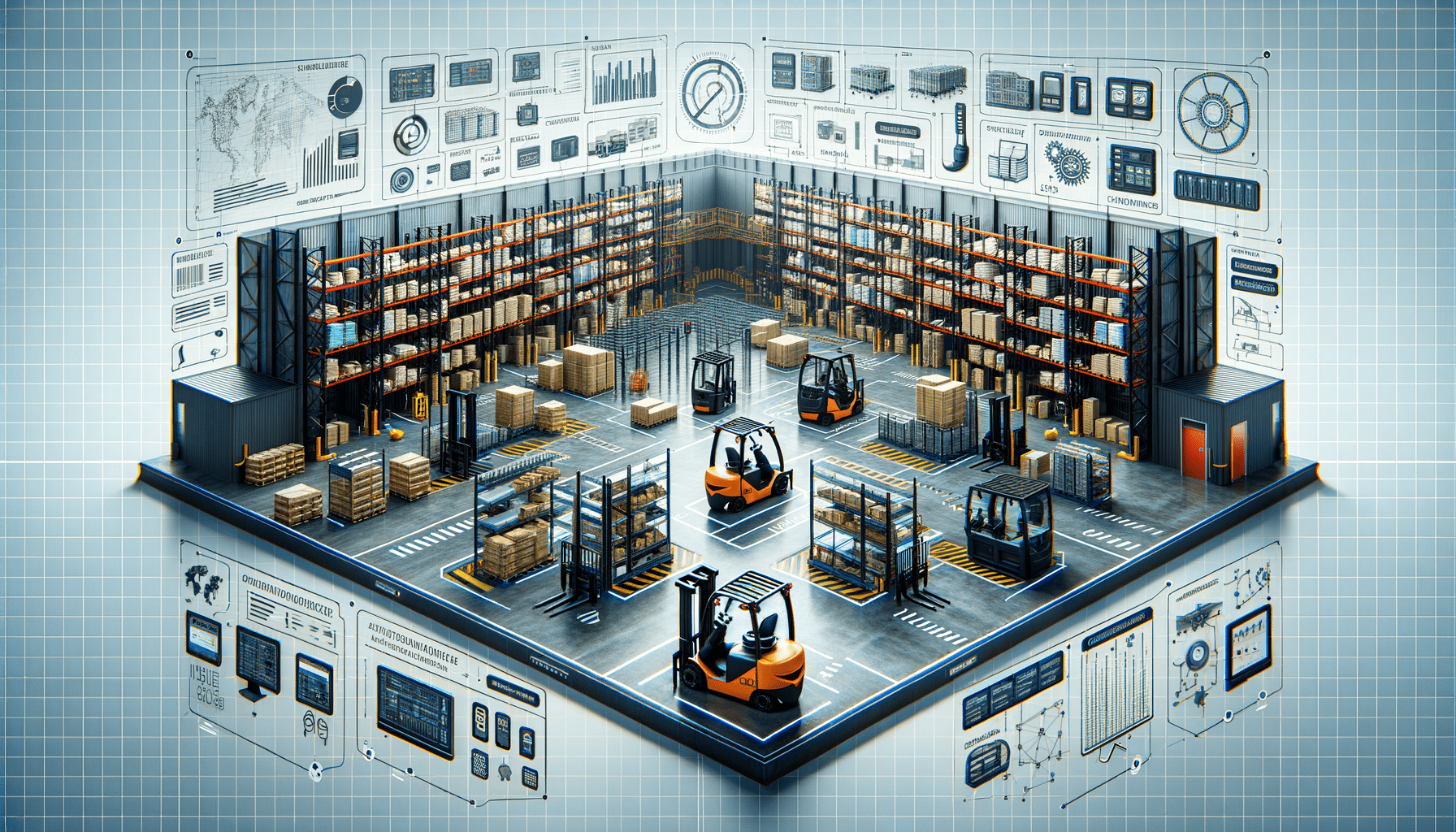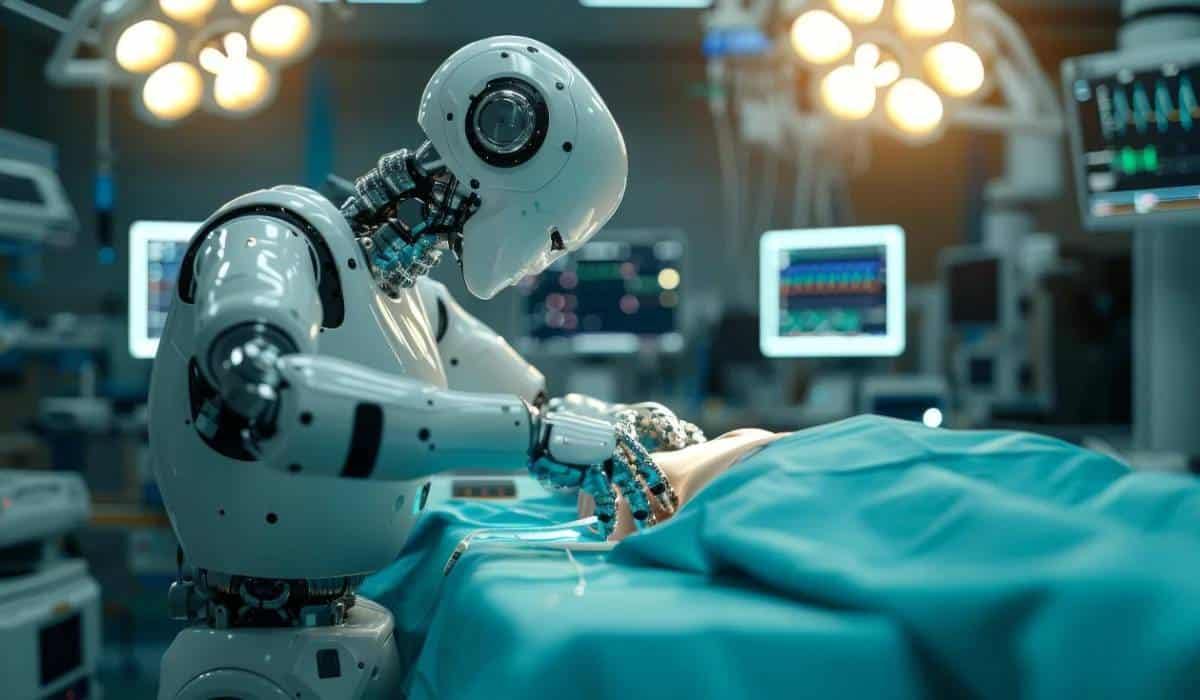
The Role of Robotics in Healthcare: Can Robots Replace Doctors?
Robotics in healthcare has generated both excitement and debate over the last few years. As technology progresses, we wonder: Can robots take the place of doctors? This blog soars into the world of robotics in the pursuit of medicine and investigates the promises and perils of AI-run health systems and surgical bots. We will also discuss the impact on patients, medical personnel, and the healthcare system.
Robots are in the news with promises to improve healthcare delivery. From robotic surgery to artificial intelligence (AI) diagnostics, the possibilities are endless. However many still think that robots can fully replace human doctors. This blog will clarify these misconceptions and provide a balanced view of robotics in healthcare.
Key Benefits / Why It Matters
Robotics in healthcare brings many benefits, making it an important area for medical professionals and researchers. Understanding these advantages helps us see the potential of robots in medicine.
Improved Precision and Accuracy
The unparalleled precision and accuracy of robotic systems is one of the key advantages of these solutions. Using robotic surgery laparoscopic instrumentation allows surgeons to carry out projects more complex and less invasive. This lessens human error, leading to better patient outcomes. For instance, surgeries helped by robots require smaller cuts, so the recovery period is also minimised and less pain.
AI-Powered Healthcare Diagnostics
AI healthcare systems change diagnostics by quickly analysing large data sets. These systems can spot patterns and anomalies that may elude human eyes, leading to early disease detection and personalised treatment plans. AI algorithms can analyse medical images, like X-rays and MRIs, helping radiologists make better decisions.
Enhanced Efficiency and Accessibility
Robots can boost efficiency and accessibility in healthcare. Automated systems handle routine tasks like dispensing medication and monitoring vital signs. This allows healthcare professionals to focus on more complex patient care. Additionally, AI-powered telemedicine platforms offer remote consultations, making healthcare accessible to those in rural or underserved areas.
Step-by-Step Guide / Actionable Insights
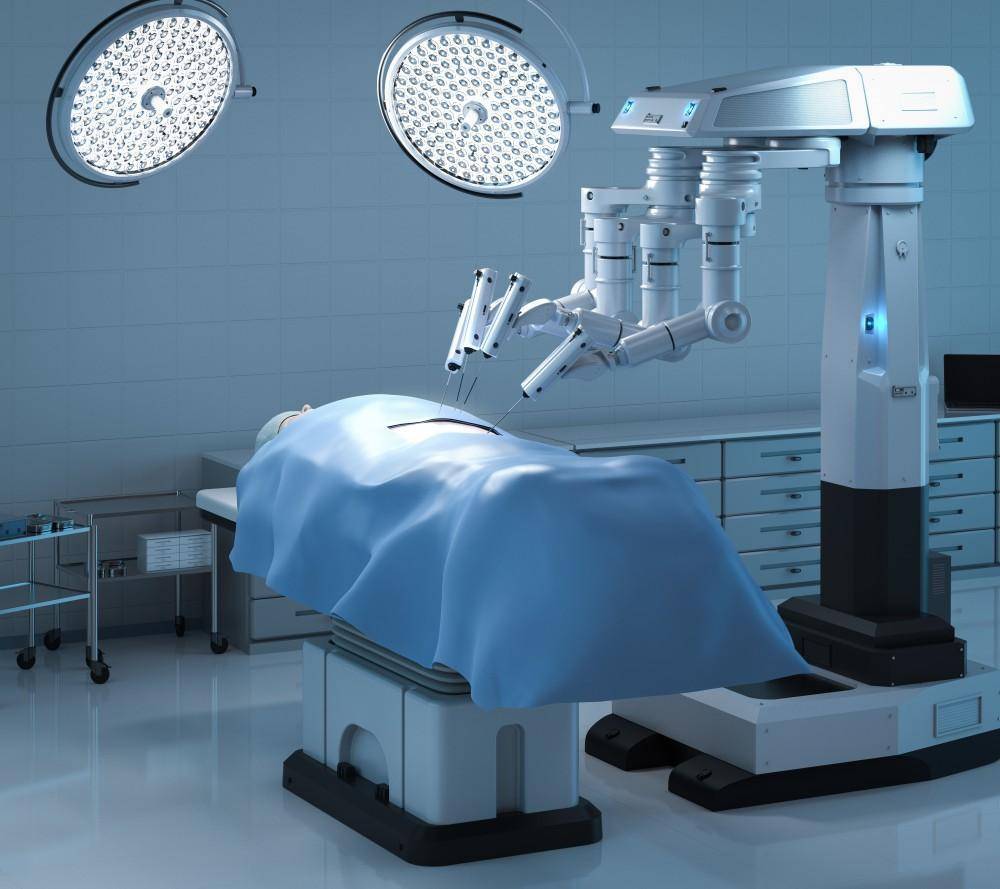
To understand robotics in healthcare better, let’s break-down key areas where these technologies are making a difference.
Robotic Surgery Advancements
- Pre-operative Planning: Surgeons use advanced imaging to create detailed maps of surgical sites. This data guides the robotic system for precise planning and execution.
- Robotic Assistance: During surgery, the surgeon controls the robotic system from a console. The system translates the surgeon’s movements into precise actions, reducing tremors and enhancing accuracy.
- Post-operative Care: Due to the minimally invasive nature of robotic procedures, patients often feel less pain and recover faster after surgery.
AI-Powered Diagnostics
- Data Collection: AI systems gather data from sources like electronic health records, medical images, and patient histories.
- Pattern Recognition: Using machine learning, the AI analyses data to find patterns and anomalies that indicate disease.
- Diagnosis and Treatment Planning: The AI system offers diagnosis and treatment recommendations, which healthcare professionals review and validate.
Telemedicine and Remote Monitoring
- Virtual Consultations: Patients connect with healthcare providers via video calls for medical advice and prescriptions, avoiding in-person visits.
- Remote Monitoring: AI-powered healthcare devices monitor vital signs in real time, alerting providers to any concerning changes and allowing for timely interventions.
- Data Integration: These platforms combine data from various sources, giving a full view of the patient’s health and enabling personalised care plans.
Additional Expert Tips & Common Mistakes to Avoid
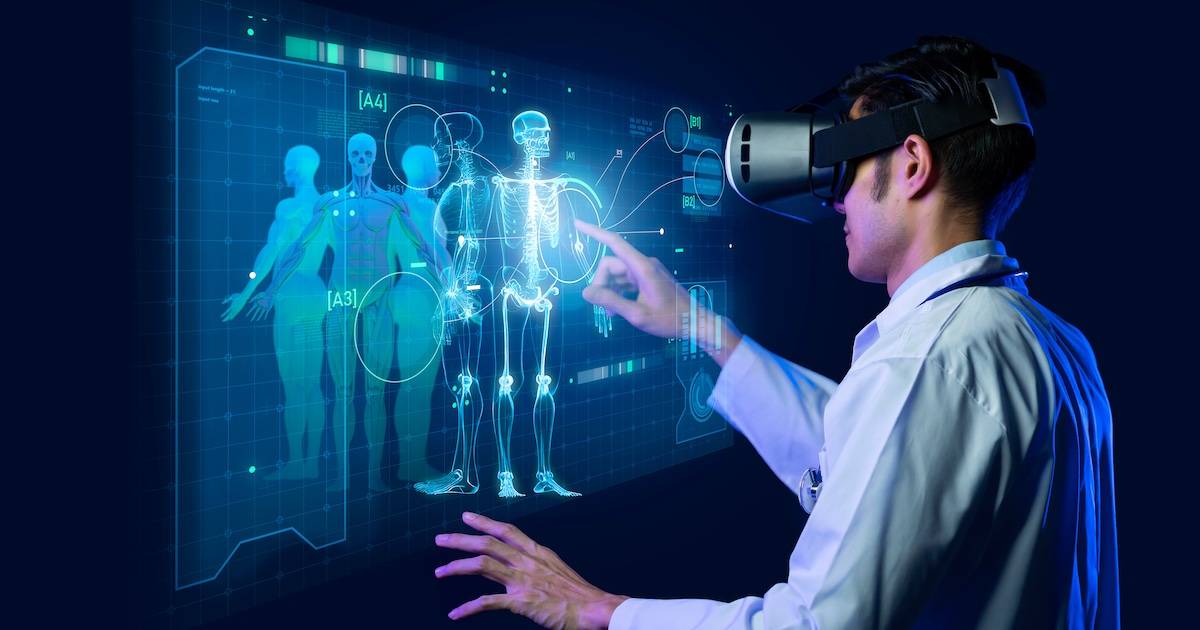
Expert Tips
- Stay Informed: The robotics field in healthcare is evolving fast. Healthcare professionals should keep up with new advancements to make smart decisions about technology adoption.
- Collaborate with Experts: Successful robotics implementation needs teamwork among healthcare providers, engineers, and IT specialists. A diverse team can better tackle technical and clinical challenges.
- Focus on Patient-Centric Care: Technology should enhance efficiency but not replace the human touch in healthcare. Keep patient care at the centre of robotics use.
Common Mistakes to Avoid
- Overreliance on Technology: AI systems offer valuable insights but shouldn’t be the sole source of decisions. Human oversight is key for accurate diagnoses and treatment.
- Neglecting Ethical Considerations: Robotics raises ethical issues, especially regarding patient privacy and data security. Providers must ensure strong safeguards for sensitive information.
- Underestimating Training Needs: Implementing robotics requires proper training for healthcare professionals. Skipping training can lead to poor technology use and mistakes.
Advanced Insights / Expert Recommendations
Integrating Robotics with Personalised Medicine
A promising research area is combining robotics with personalised medicine. By merging robotic surgery advancements with genomic data, providers can tailor procedures to patients’ genetic profiles, improving outcomes and reducing complications.
Expanding the Role of AI in Preventive Care
AI systems can significantly enhance preventive care. By analysing lifestyle data and health trends, AI can identify people at risk of chronic conditions and give personalised recommendations for lifestyle changes and early interventions.
Addressing Workforce Challenges
Integrating robotics can help with workforce challenges like staff shortages and burnout. By automating routine tasks and offering decision support, robotics can lighten the load for healthcare professionals, allowing them to focus on more rewarding aspects of patient care.
Let’s Interact!
To summarise, robotics in healthcare is both promising and complex. Although robots enhance precision, develop AI diagnostic tools, and increase accessibility, it will not be the end of human doctors. Robotics, rather than be seen as a replacement, should be viewed as an augmentation of healthcare professionals’ skill set.
So, we have to balance robotics’s potential with its problems and ethics. By promoting teamwork, investing in training, and focusing on patient-first principles, we can maximise robots’ benefits in medicine and usher in our new healthcare revolution.
Any thoughts about the future of robotics in healthcare? Will robots replace doctors or will they be great allies that will help us achieve better health outcomes? Tell us what you think and join the conversation on the role of robotics in medicine.
